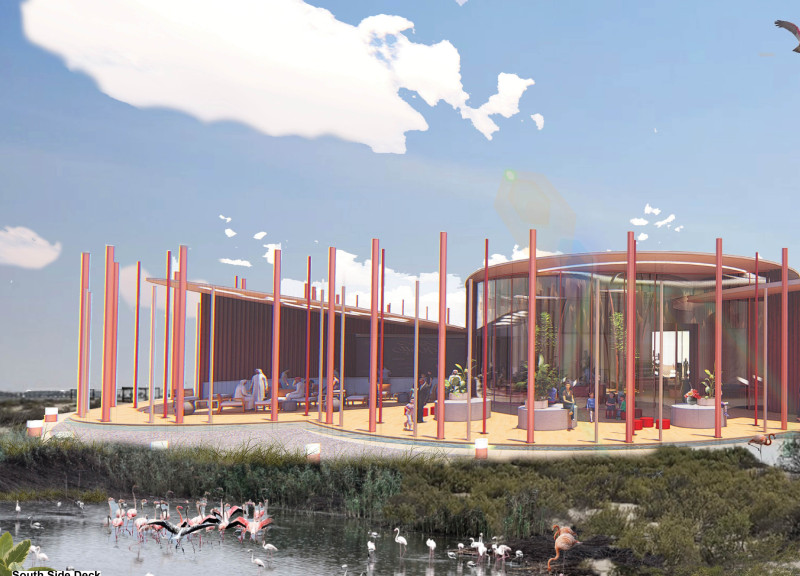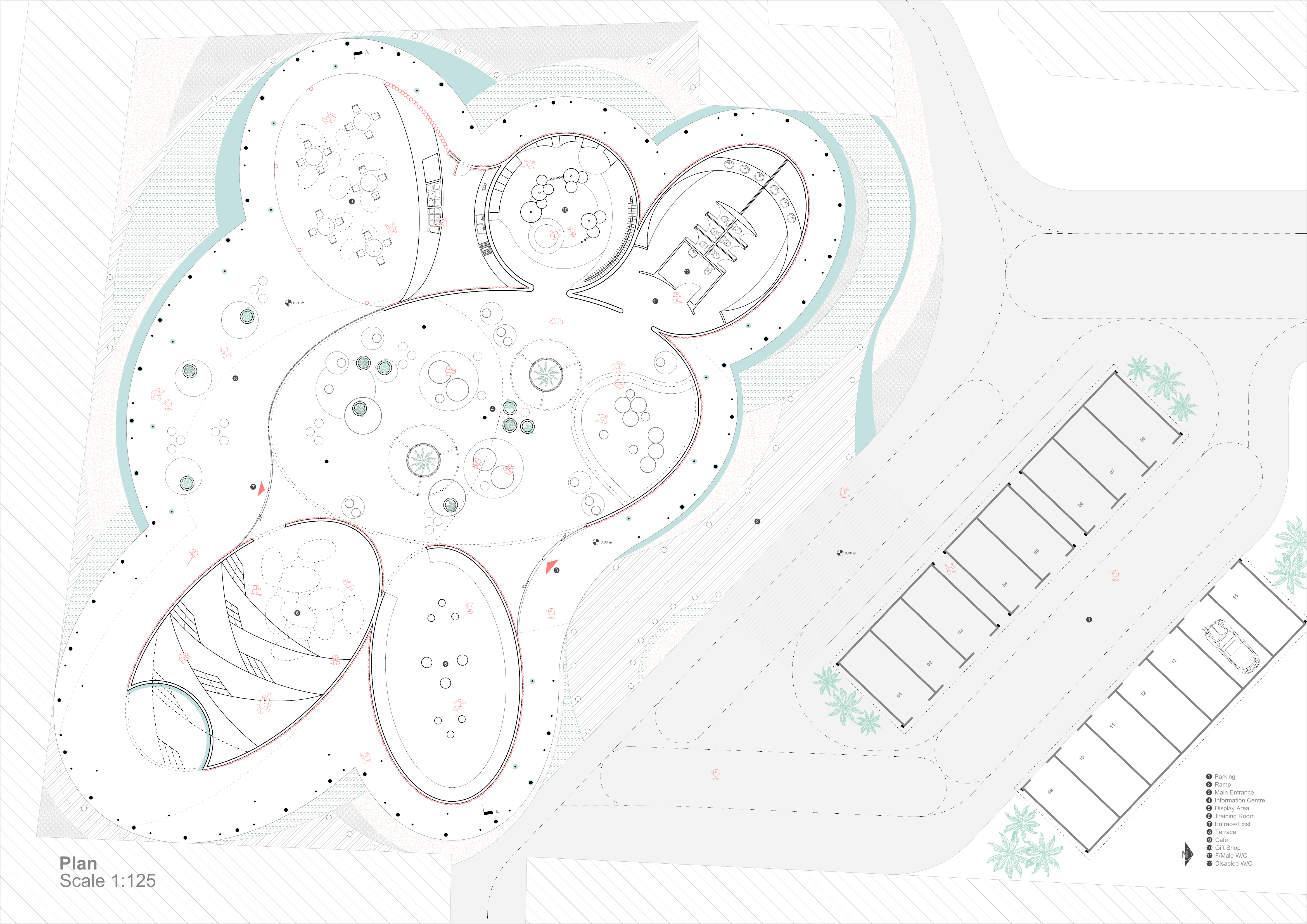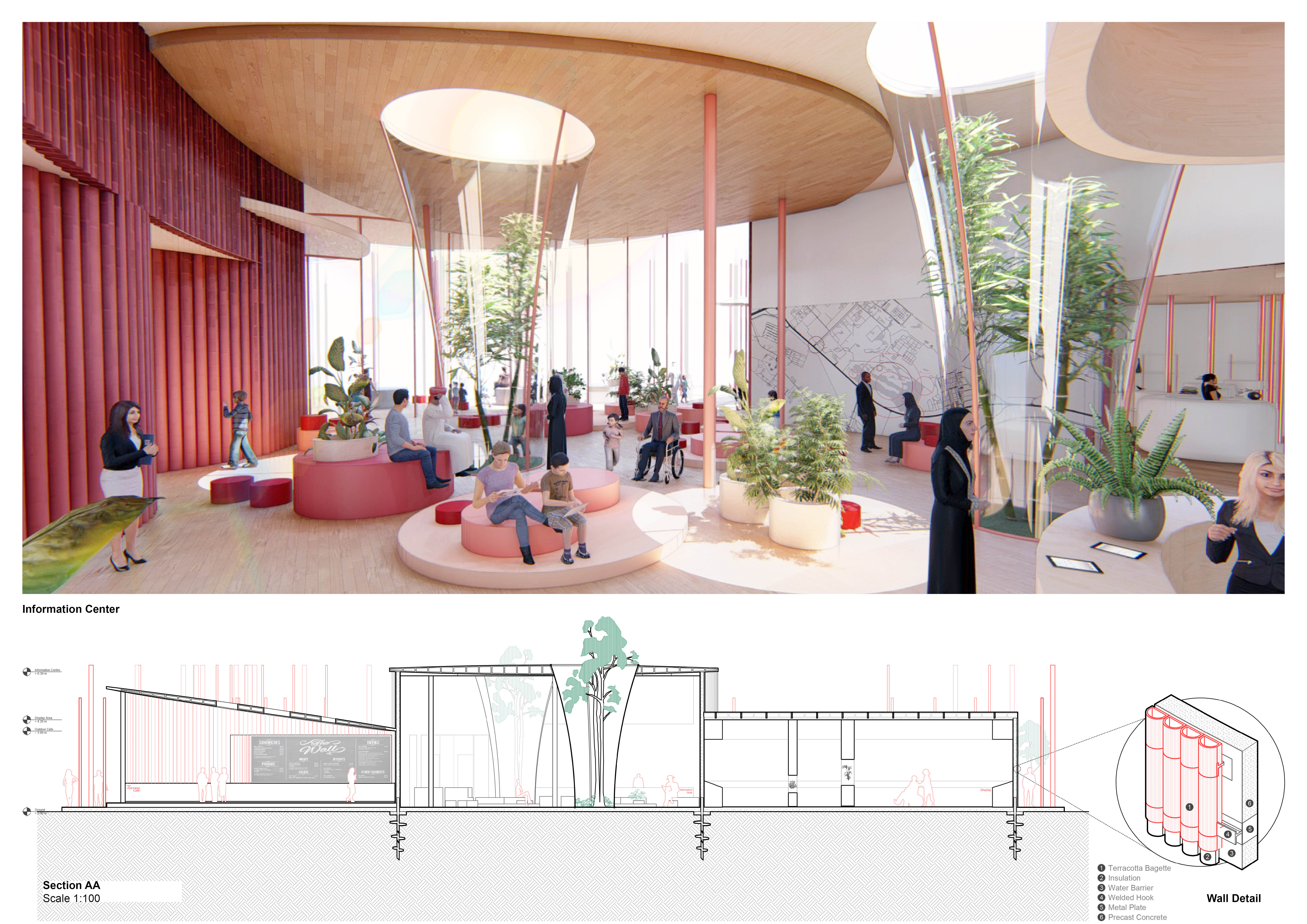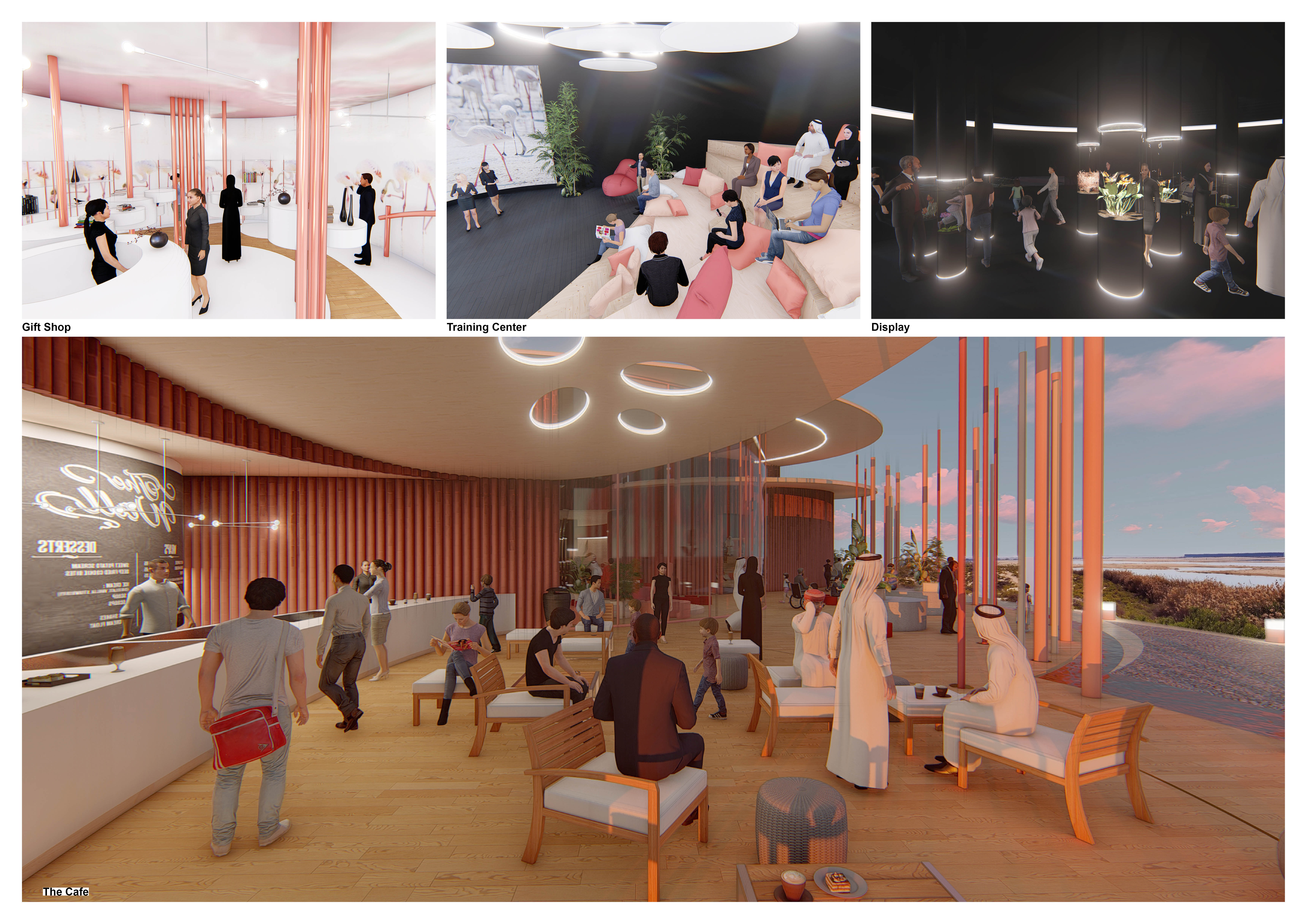5 key facts about this project
The overall concept of the project centers on creating a space that facilitates community interaction and supports diverse activities, reflecting an understanding of the modern urban lifestyle. It serves not just as a building but as a hub for social engagement, fostering collaboration and creativity among its users. The architecture is designed to accommodate a variety of functions, from public gatherings to private events, thereby enhancing its usability.
Key components of the project include large, open spaces that prioritize natural light and encourage fluid movement throughout the interior. The layout features strategic circulation paths, promoting accessibility and ease of navigation. These design decisions are crucial in making the building feel welcoming while also serving its intended purpose efficiently.
Materiality is a significant aspect of this architectural design, showcasing a careful selection of local materials that reflect the area’s character. The use of sustainable wood elements not only adds warmth to the interiors but also emphasizes the project's commitment to environmental responsibility. Combined with steel and glass, this palette creates a modern yet inviting atmosphere. The interplay of these materials allows for a balance of transparency and solidity, providing a sense of connection to the outdoors while ensuring structural integrity.
Unique design approaches are evident in the building’s façade, which features a dynamic arrangement of surfaces that respond to sunlight and the changing environment throughout the day. This thoughtful detailing enhances the aesthetic experience of the building, allowing it to evolve visually as the sun moves across the sky. Moreover, the integration of green spaces, such as vertical gardens and rooftop terraces, contributes to both the ecological footprint of the structure and the mental well-being of its occupants, embodying principles of biophilic design.
Inside, the project is characterized by flexible spaces that can adapt to various uses, allowing for both intimate gatherings and larger community events. The careful consideration of acoustic materials contributes to a comfortable environment, facilitating communication without overwhelming noise levels. This adaptability is central to the project’s success, ensuring it meets the evolving needs of its users.
Lighting is another critical element, with a combination of natural and artificial sources enhancing the overall ambiance. The strategic placement of windows and skylights not only reduces the need for electric lighting but also connects the interior spaces with the surrounding landscape, promoting a sense of continuity with nature.
In summary, this architectural project exemplifies a careful balance between functionality, sustainability, and design aesthetics. The integration of local materials, strategic design approaches, and the incorporation of green elements highlight its commitment to creating a responsible and engaging architectural solution. To fully appreciate the nuances of this work, readers are encouraged to explore the architectural plans, sections, and detailed design elements presented, offering a deeper insight into the architectural ideas that shaped this exceptional project.


























